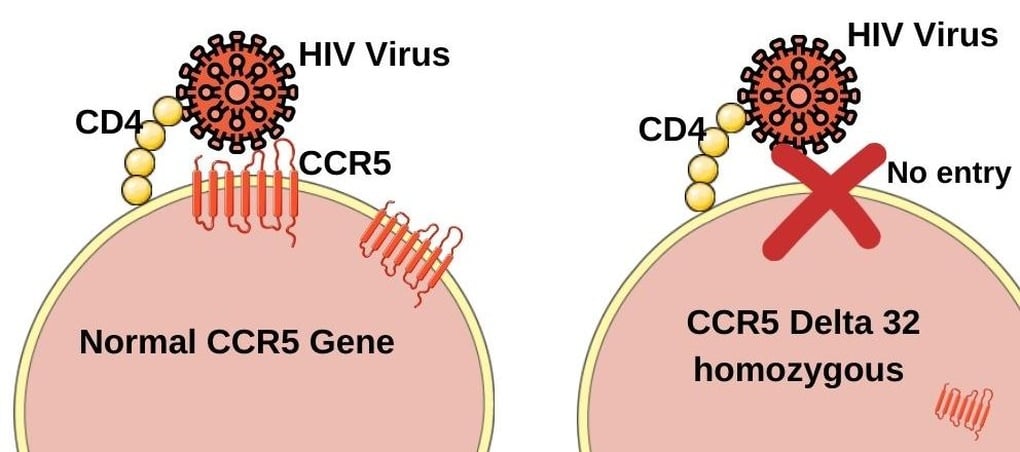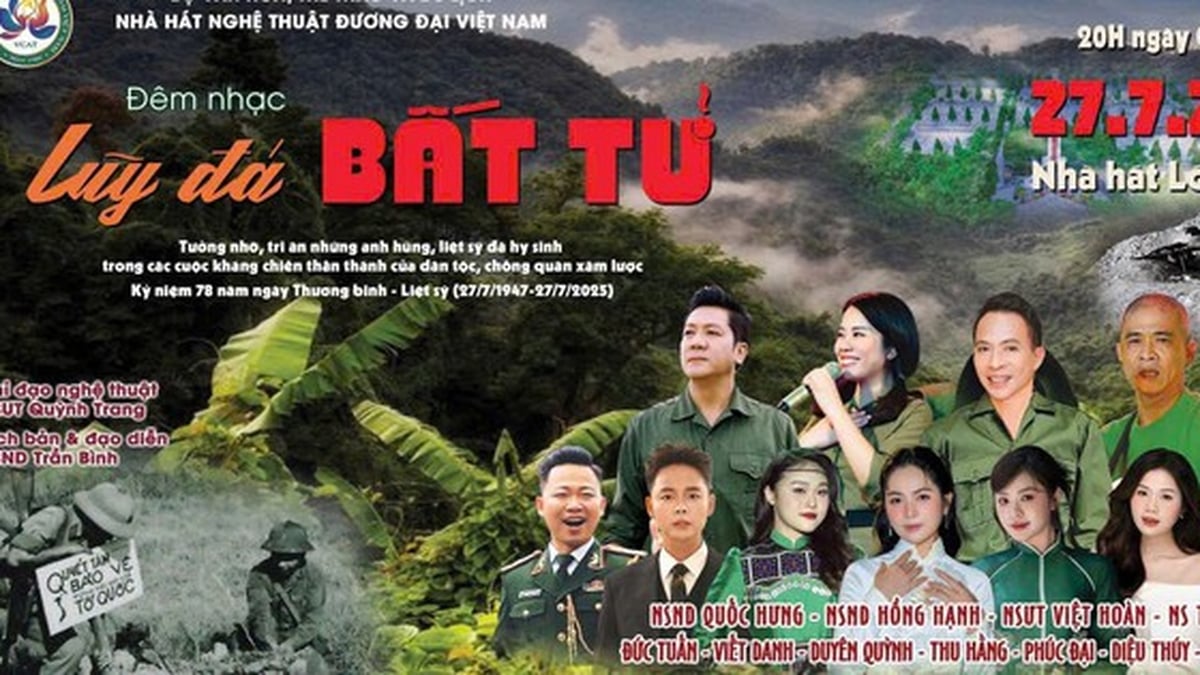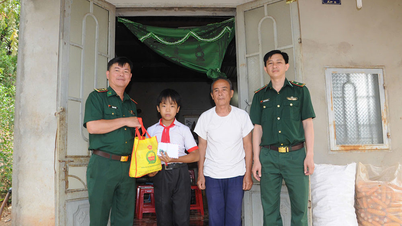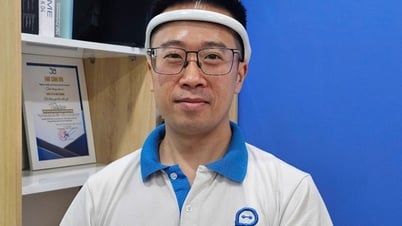A special gene variant that can protect humans from the HIV virus - the disease of the century - has just been successfully traced by scientists , revealing its origin from ancient people living near the Black Sea 9,000 years ago.
This discovery not only overturns many long-standing hypotheses, but also expands our understanding of the evolution of the human immune system.
"Locking the door" prevents HIV from entering
The variant in question is called CCR5 delta 32 - a mutation that renders the CCR5 protein inactive, which is the "doorway" that most HIV strains use to enter immune cells.
The variant in question is called CCR5 delta 32 - a mutation that makes the CCR5 protein inactive (Photo: Getty).
When this "door" is disabled, the HIV virus is blocked from the outside, unable to multiply and cause disease.
People who carry two copies of the CCR5 delta 32 mutation are almost completely resistant to HIV. However, scientists have long debated the origin and evolutionary mechanism of this particular variant.
Some theories have suggested that it emerged from medieval pandemics, such as the bubonic plague, or as a result of survival pressures from wars and trade caused by the Vikings.
But all of these conjectures lacked any real genetic evidence - until a large-scale study led by the University of Copenhagen (Denmark) was published in the journal Cell recently.
Unveiling the History of Genetics: Clues from 9,000-Year-Old Humans
The international team analyzed more than 3,400 genomes, including 2,504 modern people and 934 ancient people spanning from the Mesolithic period to the Viking Age (8,000 BC-1,000 AD).
From this huge trove of genetic data, they traced the CCR5 delta 32 variant and discovered that the first person carrying this variant lived near the Black Sea (modern-day Western Asia) around 7,000 BC.
HIV virus (Photo: Getty).
This is the period when humans began to abandon their nomadic lifestyle and move towards settlement and agriculture . Along with this was an increase in population density and more frequent contact with animals - factors that increased the risk of spreading infectious diseases.
The CCR5 delta 32 variant spread as our ancestors migrated into Europe. In particular, its frequency skyrocketed between 8,000 and 2,000 years ago, coinciding with a period of territorial expansion and exposure to new pathogens.
Rejecting the "Viking" and Plague Hypothesis
Contrary to previous assumptions that CCR5 delta 32 emerged only in the last few thousand years as a knee-jerk response to pandemics, the new study confirms that the variant has been around since the Stone Age. Its prevalence is the result of natural selection over millennia, not an immediate response to war or disease.
According to geneticist Kirstine Ravn - co-author of the work - tracing the time and place of the variant's appearance is not just based on assumptions, but confirmed through a systematic sequence of genetic mutations in thousands of archaeological genomes.
Why did humans have genes against HIV before HIV appeared?
This seemingly contradictory question is the key to expanding our understanding of the immune system. According to the research team, CCR5 is not only related to HIV, but also plays a role in coordinating the activity of the immune system by receiving signals from chemokines - substances that guide immune cells to the site of inflammation.
When CCR5 is “disabled” by the delta 32 mutation, the inflammatory response can be slowed or reduced. This may sound detrimental, but in the context of thousands of years ago, this helped the body avoid overactive immune responses, such as septic shock, which could have quickly killed people.
"In primitive agricultural communities where infectious diseases were easily spread, a 'moderate' immune system was sometimes more life-saving than a hyper-reactive immune system," said researcher Leonardo Cobuccio.
The new discovery not only rewrites the history of the CCR5 delta 32 variant, but is also a major step forward in genetics, evolutionary medicine, and HIV treatment.
Today, some HIV patients have been completely cured thanks to stem cell transplants from people carrying the CCR5 delta 32 variant. It can be said that it is the genetic legacy of ancient people living on the shores of the Black Sea 9,000 years ago that has become the hope of survival for 21st century patients.
Source: https://dantri.com.vn/khoa-hoc/giai-ma-gen-chong-hiv-dau-vet-di-truyen-9000-nam-tu-vung-bien-den-20250520065707858.htm
































![[Photo] National Assembly Chairman Tran Thanh Man visits Vietnamese Heroic Mother Ta Thi Tran](https://vphoto.vietnam.vn/thumb/1200x675/vietnam/resource/IMAGE/2025/7/20/765c0bd057dd44ad83ab89fe0255b783)








































































Comment (0)